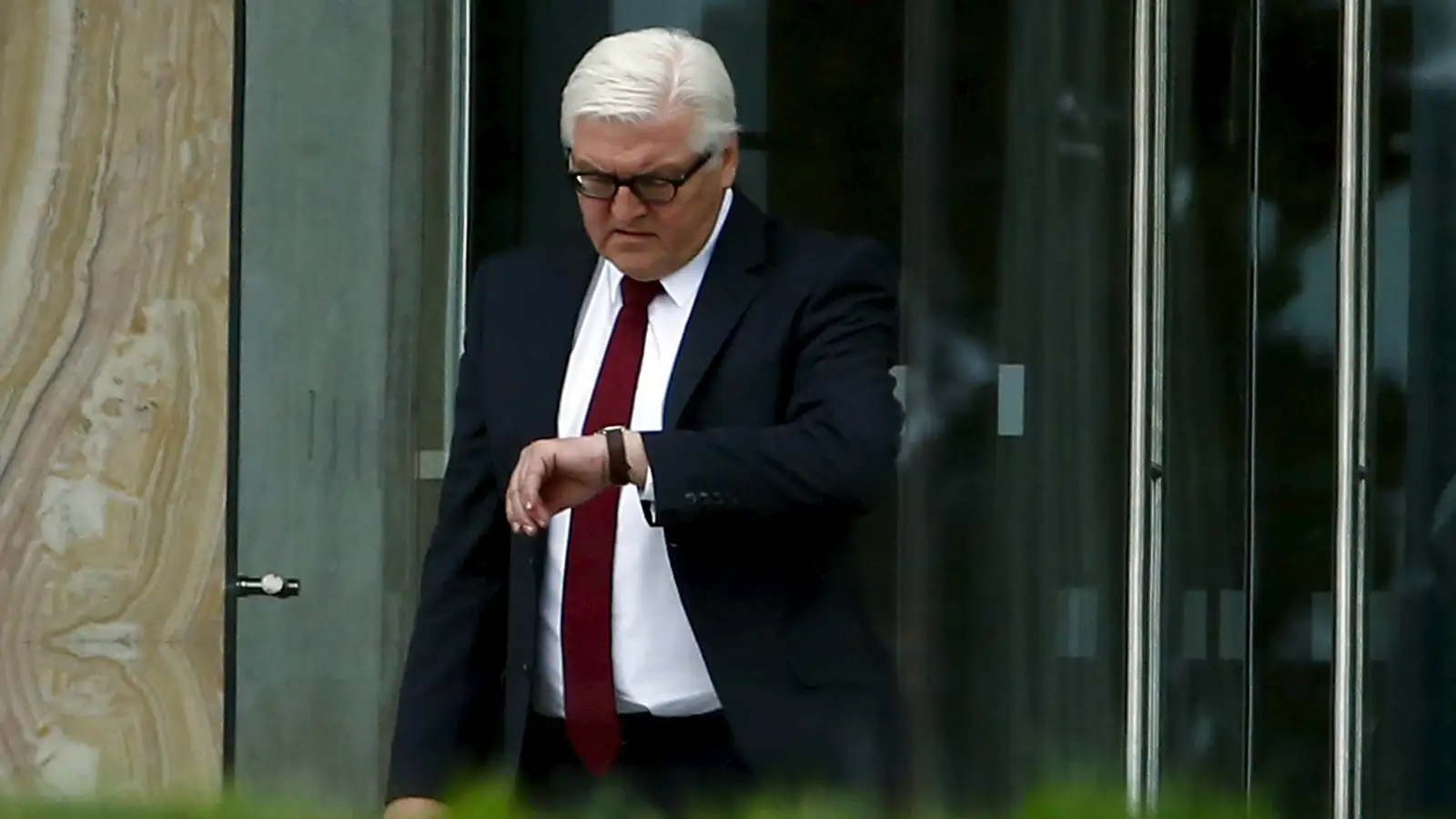Iranian and international negotiators today described the outline of a nuclear agreement that they say gives them the confidence to proceed with an attempt to finalize a deal by June 30.
The level of detail suggests an attempt to satisfy critics who have said Iran will never agree to seriously limit its work on enriched uranium, and toward the presumed creation of a nuclear weapon. But American opponents of the Iranian regime are still likely to assail the agreement, in particular a clause that provides a broad timetable for a lifting of all sanctions.
Iran for the first time agreed, concretely, to reduce the number of its uranium-enriching centrifuges from the current 19,000 to somewhere between 5,000 and 6,000; to allow strict international oversight for a decade; and to either dilute its current stock of highly enriched uranium or ship it abroad.
When the agreements are implemented, and verified by the International Atomic Energy Agency, all oil and financial sanctions on Iran will be lifted, according to a statement read this evening (April 2) from Lausanne, Switzerland, where the talks were held.
The detail in the statement—listing limitations on specific enrichment facilities, for example—is surprising. And it suggests that, against Iran’s long insistence that it was not prepared to talk specifics at this time, it bent in the final few hours of an eight-day, marathon negotiating session. Previously, Iran’s negotiators had stuck to a strategy stated by supreme leader Ali Khamenei, which was to seek a single, all-encompassing agreement to be announced June 30. Such a shift in strategy would only be possible if Khamenei himself instructed his team to make it, a signal from Tehran that must have been passed early this morning.
Brent crude oil prices fell more than 4.9% to $54.28 a barrel, suggesting the market is taking the preliminary deal seriously.
The question now will be whether the US Congress is prepared to trust that the preliminary accord merits holding off on new sanctions against Tehran.
There is reason to believe that president Barack Obama will have a tough time persuading Congress to hold fire: Khamenei’s calculus has seemed to underestimate the resolve of a possibly veto-proof congressional majority to impose harsher oil and financial sanctions in the absence of a breakthrough this week. Congress may inform Khamenei of this reality when it reconvenes in a couple of weeks, and perhaps makes more severe sanctions one of its first orders of business.
The issues right now are fairly clear-cut—the international side, called P5+1, wanted Iran to agree on paper to 15 years or so of restrictions on its capacity to create highly enriched uranium, and on its plans to both build and conduct research on more advanced nuclear technologies. Iran, meanwhile, has demanded fewer restrictions, covering a shorter period of time, and wants all oil and financial sanctions to be lifted immediately. As described, the tentative accord seems to cut the deal somewhere in the middle of the two.
Speaking from the White House rose garden, Obama said the framework represented a “historic understanding with Iran… which if fully implemented will prevent it from obtaining a nuclear weapon.”
The rush by P5+1 to get something down on paper was entirely driven by American politics—a large, bipartisan well in the House and Senate, suspicious of Iran’s sincerity and trustworthiness, is keen to punish Tehran for not caving in more quickly. This urgency was criticized by France and others who said it played into Tehran’s hands, giving Iran another negotiating ace when it is in no hurry at all. Such critics may rightly look at American politics as a bizarre, small-time game of lots of hot air and a shortage of statesmanlike policy.
As the negotiations enter their final phase, Iran may watch the stakes go up, mainly because of its own taste for brinksmanship. In the absence of a tangible, finalized deal, Congress is as likely as not to impose harsher sanctions, to be triggered right around July 1.
